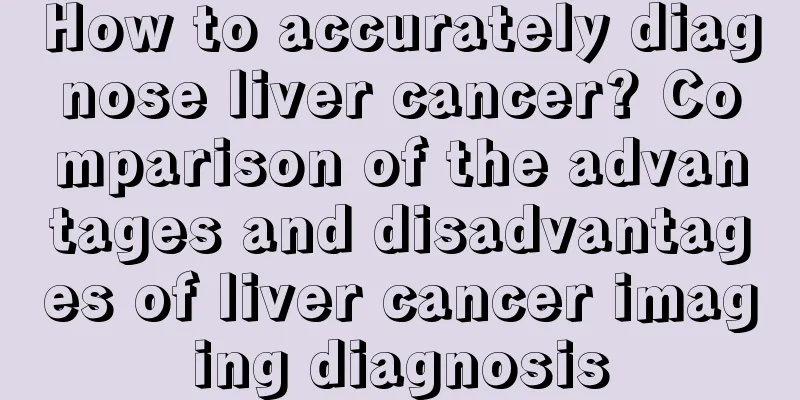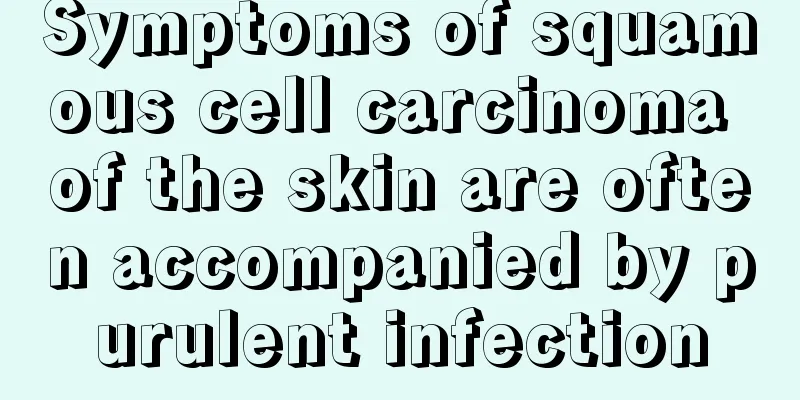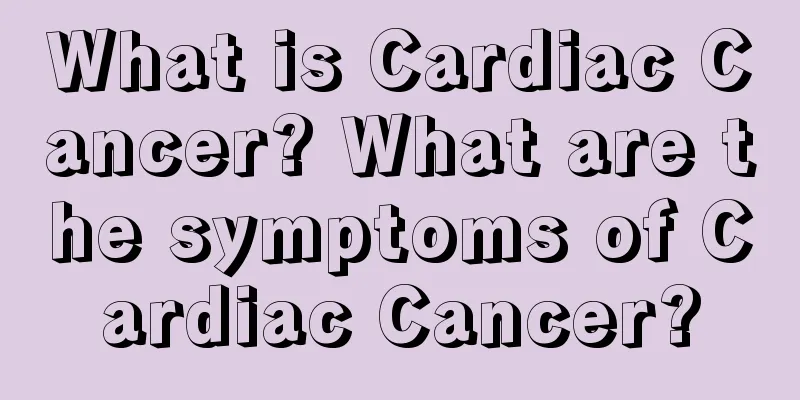How to accurately diagnose liver cancer? Comparison of the advantages and disadvantages of liver cancer imaging diagnosis

|
Liver CT perfusion imaging refers to the dynamic scanning of the selected liver layer after intravenous injection of contrast agent. The time-density curve (TDC) of each pixel in the layer is obtained based on the linear relationship between contrast agent concentration and tissue density. The various perfusion parameters of each pixel are calculated using different mathematical models based on TDC, and the color scale is assigned according to the size of the parameter to form a parametric pseudo-color map. By observing the abnormal perfusion area on the map and measuring its parameters, the nature of the area can be determined, thereby making a highly sensitive and specific diagnosis of the disease. Ultrasound contrast imaging refers to the whole process of dynamically observing and recording the blood perfusion of the lesions and liver parenchyma in the section through ultrasound after the contrast agent is injected. The local perfusion parameters of the liver can be calculated through relevant software. Ultrasound contrast imaging is similar to CTpI in the diagnosis of liver cancer, both of which track and quantitatively analyze the local microcirculation of the liver in real time. Therefore, it also has the series of values of CT perfusion imaging for the diagnosis of liver cancer, including diagnosing liver cancer, distinguishing hemangiomas, clarifying the actual size of lesions, determining tumor growth characteristics and patient prognosis, and evaluating the efficacy of non-surgical treatment of liver cancer. Ultrasound angiography has the following advantages: low price, easy for patients to accept; contrast agent (SonoVue) is non-allergenic and radiation-free during the examination, safe to use; easy to operate and can be used during surgery to improve the sensitivity of liver cancer diagnosis; easy to find liver cancer nourishing vessels and portal vein tumor thrombus. The disadvantage is that it can only focus on one lesion at a time, if there are multiple lesions in the liver, multiple angiography is required; secondly, the sound waves are affected by the depth of the lesion, blood flow velocity and iodized oil, and the missed diagnosis rate of lesions with deeper locations or slower blood flow velocity is high, and the evaluation of liver cancer after TACE is poorer than conventional enhanced CT. The advantages and disadvantages of CTpI are exactly opposite to those of ultrasound angiography. In addition, the common disadvantage of both is that they are greatly affected by respiratory movement during the angiography process, and neither is suitable for patients with respiratory dysfunction. However, there has been no research comparing the two on the same subjects, so it is difficult to determine which one is better in the diagnosis of liver cancer. |
<<: What are the early symptoms of lung cancer? Three symptoms of early lung cancer
Recommend
What are the early symptoms of pancreatic cancer
Early symptoms of pancreatic cancer include abdom...
What are the symptoms of premarital phobia
Getting married is supposed to be a wonderful thi...
What should liver cancer patients pay attention to in their daily diet
A reasonable diet can alleviate the condition and...
What is the place where the nose and mouth meet called? Why does it always hurt?
The pharynx is the connection between the nose an...
How to choose a specialized hospital for skin cancer treatment
There are many skin cancer patients in life who d...
What are the exercises for the early stages of esophageal cancer
Cancer is preventable, but in addition to develop...
What are the symptoms of progressive muscular atrophy of the spinal cord
We must take diseases like progressive spinal atr...
What are the methods of home dehumidification?
During winter, the weather outside is dry, and so...
How to quickly restore your sense of smell
In most cases, the sense of smell is a relatively...
Hanging steam iron
We usually iron clothes, especially some high-end...
Life Light Wave Therapy Room
Now that technology is becoming more and more adv...
What fruits can delay aging?
Nowadays, many people have become particularly co...
How long can you live if cervical cancer recurs
The treatment plan after cervical cancer relapse ...
A systematic introduction to the symptoms of skin cancer
Skin cancer can cause great harm to people's ...
How to relieve cough in late stage lung cancer?
Late-stage lung cancer cough can be treated with ...









